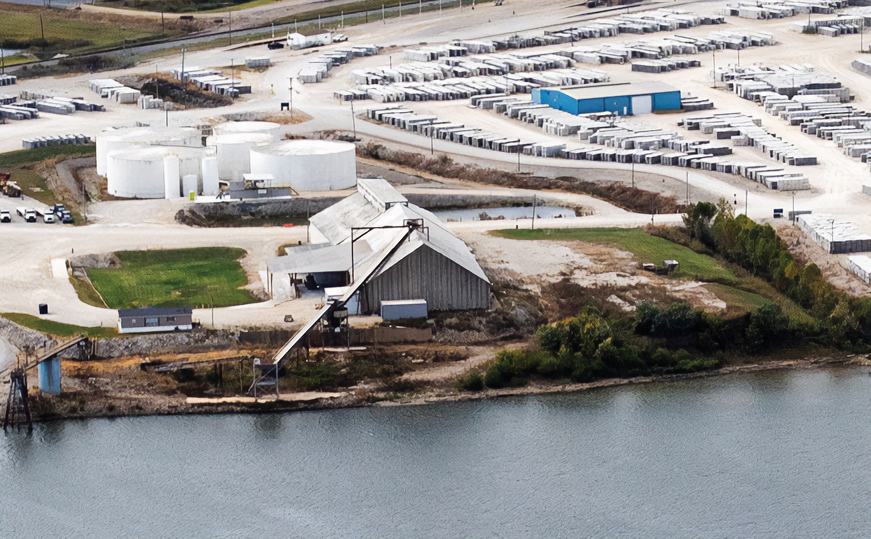The upper Plains have been drenched with rainfall that is causing high water in the upper reaches of both the Missouri and Mississippi rivers.
The Missouri River was expected to crest at just over 35 feet at Bellevue, Neb., a southern suburb of Omaha, by July 3, then drop again. Nebraska Gov. Jim Pillen declared a state of emergency June 24, saying he was acting proactively to free up response funds should the need arise. Pillen and Iowa Gov. Kim Reynolds have asked people to stay off the river. The Omaha Public Works Department has closed the entire length of the Missouri River Flood Levee to the public in order for staff to carry out flood fighting operations.
In Iowa, massive rains on already drenched ground caused flooding on the Des Moines, Rock and Little Sioux rivers, among others. Reynolds said flood level records were broken at 16 locations.
The National Weather Service on June 27 showed the Mississippi River at moderate flood stage (19.15 feet) at St. Paul, more than 2 feet above major flood stage (17 feet). The National Weather Service projected the Mississippi River to crest around June 29 at just under 21 feet. River levels are at or near flood stage in the rest of the Upper Mississippi locations as far south as Mosier Landing, Ill., Mile 260.3.
Minnesota Flooding
According to the Minnesota Department of Natural Resources, an “unusually active period” produced several rounds of thunderstorms and heavy rainfall across Minnesota from June 15 to June 22, leading to widespread nine-day totals of 4 to 8 inches across different parts of the state, with sporain totals ranging from 8 to 11 inches in southern and southwestern areas. An especially intense period of rain June 20-22 gave southern Minnesota 6to 9 inches of rain.
The St. Paul Engineer District closed Lower St. Anthony Falls Lock and Dam to all traffic until further notice on June 17, due to electrical issues with the dam’s fourth gate. The Corps is working to fix the issue and said it hopes to resume service as soon as possible. On June 21, the district closed Minneapolis area locks and dams to recreational vessels, as it is required to do when flows exceed 30,000 cubic feet per second (cfs). They remain open to commercial vessels until flows reach 40,000 cfs.
The 114-year-old Rapidan Dam on the Blue Earth River near Mankato, Minn., is near failure after suffering storm and flood damage, including significant debris. Its hydro plant has been non-operational since earlier flood damage in 2019 and 2020. A dramatic viral video captured a house collapsing into the river’s swollen water. Blue Earth County officials said June 25 there had been a partial failure on the west abutment. The Blue Earth River is a tributary of the Minnesota River, which flows into the Mississippi River. Officials said that, in the event of a complete collapse, Mankato would see a brief increase of about 3 or 4 inches. Within two miles of the dam, it could be about a 2-foot rise.
St. Louis District Preparation
The St. Louis Engineer District continues to keep a watchful eye on river levels from heavy rainfall events along the Mississippi and Illinois rivers that occurred upstream recently. The district’s water control operations center is monitoring lake and river levels daily.
“Currently, floodwaters entering the Mississippi watershed are forecast to increase water levels in the St. Louis District next week, but we do not expect any significant impacts,” said Joan Stemler, chief of the St. Louis District’s water control operations. “We will continue to monitor water levels closely and stand by to mitigate conditions.”
Daily updates and water level forecasts can be found at www.mvs-wc.usace.army.mil/dresriv.html.




